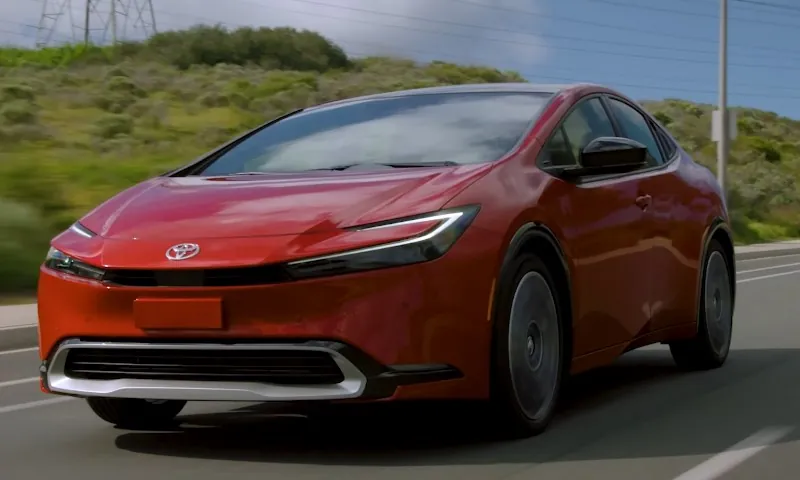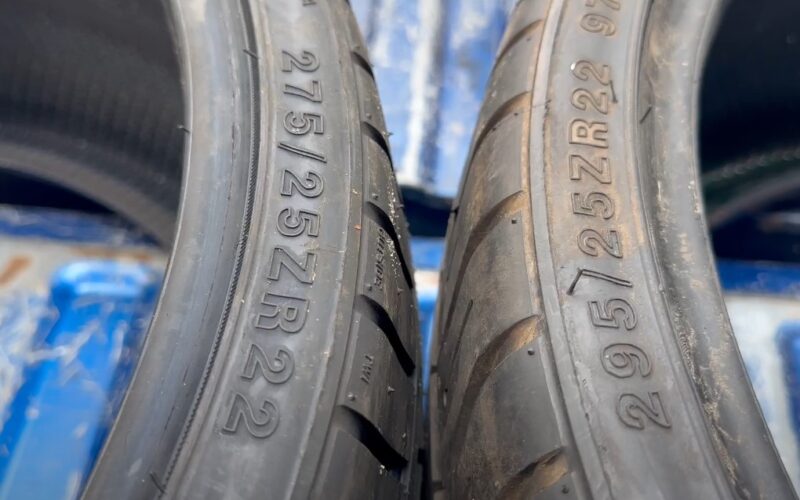
Share Post:
Let’s talk tires! Specifically, the difference between 275 and 295 tires. You’d be surprised how much a few millimeters can impact your vehicle’s performance.
I know it sounds technical, but I promise you’ll walk away with a clear picture of which tire might work better for your car or truck—and why.
At first glance, the numbers look close, right? Just 20 millimeters apart. But those extra 20 millimeters make a world of difference when it comes to how your vehicle handles, performs, and even how much fuel it consumes.
- Width: The 275 tire is 275 millimeters wide, while the 295 is—you guessed it—295 millimeters wide.
- Impact: A wider tire means more surface area in contact with the road, which can affect everything from traction to fuel efficiency.
But the real question is: How does that play out on the road? Let’s break it down into some specific categories, and see how each tire stacks up.
Table of Contents
TogglePerformance and Handling
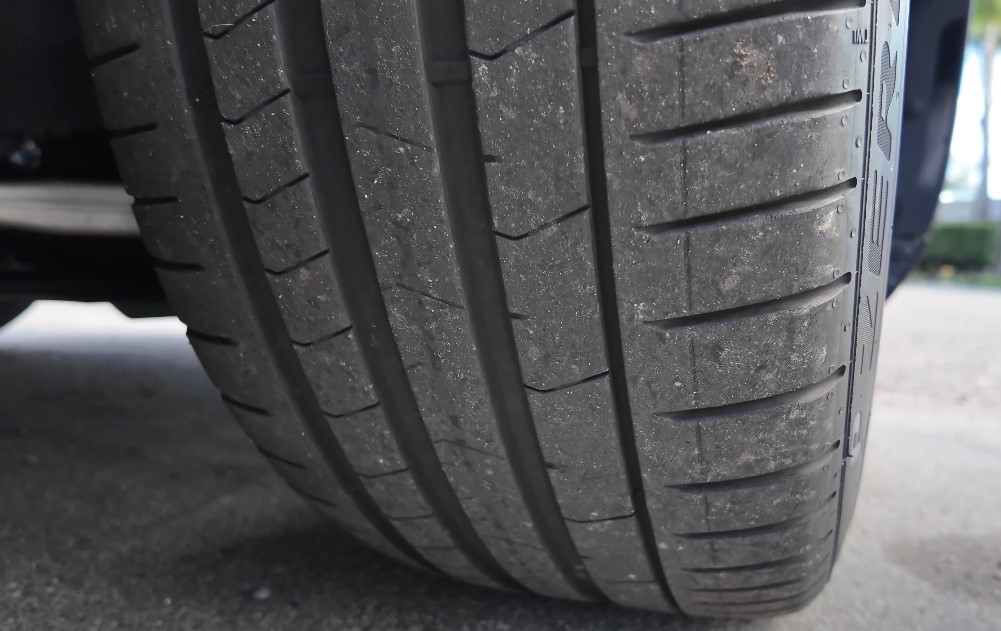
When it comes to handling, the debate between narrow and wide tires gets a little tricky. Both have their own strengths, like 265 and 285 tires, respectively.
- 295 Tires: With their wider contact patch, 295 tires shine in rough conditions. If you’re driving on snowy, muddy, or uneven terrain, the extra width gives your vehicle more grip. This is especially important for trucks and SUVs that venture off-road. More surface area equals better traction, which also means better control when you’re navigating tricky situations.
- 275 Tires: On the flip side, if you’re sticking mostly to smooth, paved roads, you’ll likely find the narrower 275 tires better suited to your needs. They respond faster to steering input, making your vehicle feel more nimble. If you’re more of a city or highway driver, you might appreciate the quicker reaction time that comes with a narrower tire.
One thing to note: wider tires tend to make your vehicle a little slower in its response time.
Cornering and Stability
Here’s where the extra width of a 295 tire really starts to matter. More surface area in contact with the road means better grip, especially when you’re cornering.
- 295 Tires: If you’re taking sharp turns at higher speeds, the wider footprint of 295 tires provides more stability. The vehicle feels planted, giving you confidence as you push through curves without losing control. This makes 295s a favorite for off-road adventurers or people who prioritize stability over quick steering responses.
- 275 Tires: While the 295 wins in terms of stability, 275 tires come out on top in terms of agility. They’re perfect if you value a faster, lighter steering feel. So, if cornering at high speeds isn’t your daily concern, and you appreciate zipping around with ease, 275s might be the way to go.
Ride Comfort
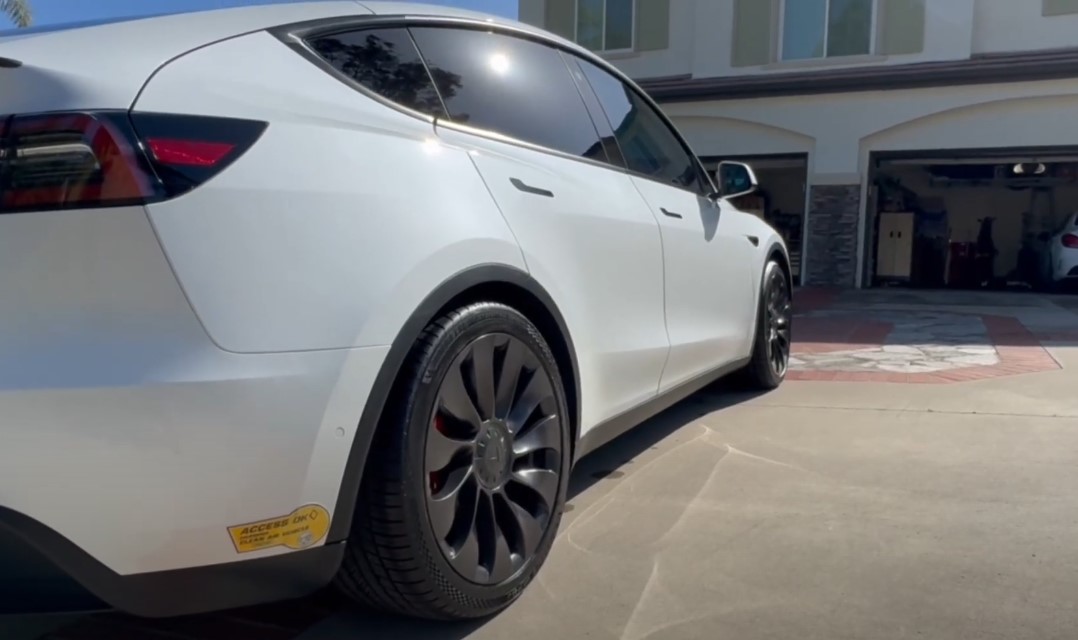
Let’s talk about how these tires impact your daily comfort. Tires aren’t just about performance; they can make or break your ride quality.
- 295 Tires: On rough roads, the wider 295 tires tend to absorb more of the bumps and unevenness. That extra width helps smooth out the ride, reducing the vibrations and making your journey feel more cushioned. If you regularly drive on uneven terrain or bad roads, this could make a noticeable difference.
- 275 Tires: Now, if you’re driving on well-paved roads most of the time, you might lean toward 275s for a quieter, more peaceful ride. Narrower tires tend to transmit fewer road vibrations into the vehicle, resulting in less road noise. Plus, they can feel more stable on clean, flat surfaces.
Fuel Efficiency
Fuel efficiency might not be the most glamorous topic, but let’s face it—it’s important. And tires can impact your gas mileage more than you might think.
- 275 Tires: Thanks to their narrower design, 275 tires typically offer better fuel efficiency. They have less surface area in contact with the road, which means lower rolling resistance. Translation? Less effort from your engine and more miles per gallon. So, if you’re the kind of driver who racks up the miles on highways or daily commutes, 275 tires can save you some cash at the pump.
- 295 Tires: The wider 295 tires create more rolling resistance, meaning your engine has to work a bit harder to keep the vehicle moving. This often results in slightly lower fuel efficiency. If fuel savings is a high priority for you, it’s worth keeping this in mind before going wider.
Aesthetics
Let’s be honest, how your car looks with different tires can also be a deciding factor. There’s no right or wrong here, but preferences definitely vary.
- 295 Tires: If you like your vehicle to have a bold, rugged stance, wider tires like the 295s fit the bill. They give trucks and SUVs that powerful, aggressive look—like your vehicle is ready to take on any adventure. That wider stance just screams capability, especially for off-road builds or performance vehicles.
- 275 Tires: The slimmer 275 tires, on the other hand, give a sleeker, more aerodynamic appearance. Perfect for someone who wants a streamlined, polished look, whether you’re driving a crossover or a performance sedan.
Load Capacity
Another factor to consider is how much weight your tires can carry. Especially important if you’re hauling heavy loads or doing some towing.
- 295 Tires: Being wider, 295 tires can distribute the weight of your vehicle over a larger area, which helps when you’re carrying heavier loads. They tend to be more durable under strain, making them ideal for heavy-duty vehicles or trucks that regularly haul trailers or equipment.
- 275 Tires: Don’t get me wrong—275 tires still handle a lot of weight. But in extreme towing situations or under heavy loads, they may not offer quite the same durability as their wider counterparts. If towing or carrying heavy gear isn’t a big part of your routine, 275s will do the job just fine.
Off-Road vs. On-Road
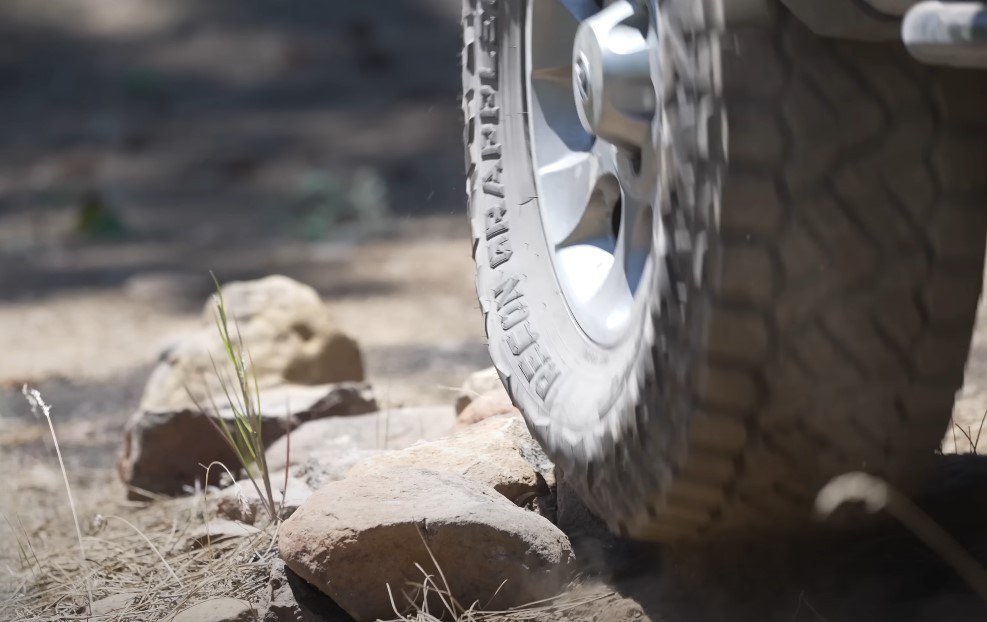
Think about where you spend most of your time driving. This can significantly influence your decision between the two tire sizes.
- 295 Tires: If off-roading is your thing, 295 tires win hands down. The larger contact patch provides better traction on loose surfaces like mud, sand, or snow. Plus, they give you extra stability on uneven terrain.
- 275 Tires: But if most of your driving is on-road, you might find that 275 tires perform better in wet or icy conditions. Their narrower profile cuts through water and slush more effectively, reducing the risk of hydroplaning. So for on-road performance, especially in rainy or wintry conditions, 275s might have the edge.
Cost Comparison
Let’s talk dollars. Tire size directly affects cost, and the difference between 275 and 295 tires can add up.
- 295 Tires: Typically, 295 tires will cost more than 275s. The larger the tire, the more materials are used in manufacturing, which gets reflected in the price tag. If your budget allows, and you need the extra performance and load capacity, it could be worth the investment.
- 275 Tires: If you’re looking to save a bit of money and don’t need the wider size, 275 tires offer solid performance at a lower cost. They’re a great all-around option that won’t break the bank.
Are 275 and 295 Tires Interchangeable?
@300lawski What you think about the tires? #mechanicsoftiktok #chrysler300 #300s #300c ♬ original sound – Lawski
Good question. Technically, yes—you can swap between these two sizes, but it’s not always as simple as just switching them out.
You’ll need to make sure the rim width and diameter are compatible, and it’s always wise to check your vehicle’s specific recommendations.
Which Tire Is Right for You?
So, which should you go for: 275 or 295 tires? It all depends on what matters most to you. Do you want:
- Fuel efficiency and nimble handling on paved roads? Go for 275s.
- Better traction and stability, especially off-road? Opt for 295s.
Think about your driving habits, vehicle needs, and budget. Hopefully, by now, the decision feels a little less daunting. Also, when it comes to narrower tires, you should check our 225 and 235 tire comparison.
Related Posts:
- Difference Between 225 and 235 Tires – Easily Find…
- Difference Between 265 and 285 Tires - Which Size to Choose?
- Difference Between Prius C 1 2 3 4 - Which One is…
- 2025 Ram 1500 Engine Comparison - Pentastar V6, HEMI…
- Car Leaking Oil? Here's What You Need to Know and…
- 27 Longest Range EVs in 2025 - A Side-by-Side Comparison


